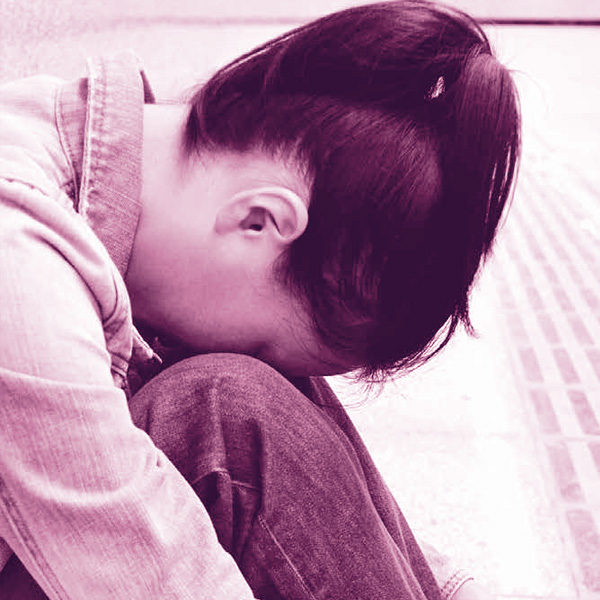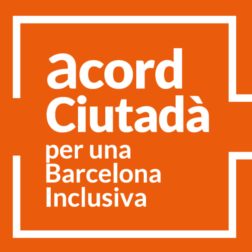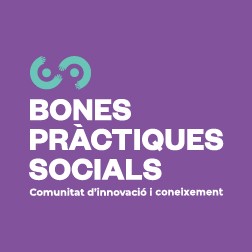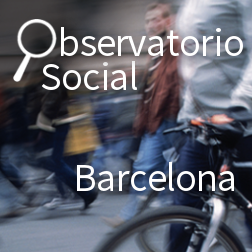In June 2016, Barcelona City Council presented the Strategy against the feminization of poverty and precariousness in Barcelona, during the second plenary session of the Council against the Feminization of Poverty. The strategy sets 71 action plans with the aim of tackling from different dimensions the inequalities suffered by women, and the consequently higher vulnerability and risk of poverty suffered by them.
The strategy scopes an eight-year timeline, time enough to launch new measures that contribute to reduce female poverty and insecurity situations on a mid and long-term scale in the city. The action plans are intended to work on the root causes of the feminization of poverty and precariousness, influencing structural aspects such as discrimination in the labour market, inequalities in the distribution of care tasks and domestic work, access to housing or healthcare, acknowledging at the same time intervention limitations on a local level while willing to challenge global realities which are clearly unfair.
There are strong structural factors that drive women to situations of inequality in terms of poverty. Lower occupational rates, higher unemployment rates, a greater number of temporary contracts and part-time jobs and significantly lower wages contribute to make women’s attachment to the labour market more insecure than men’s and, at the same time, social protection through social insurance contributions becomes weaker for female workers than male workers.
Old women must face, thus, low pensions, loneliness (77% of the elderly living alone are women) and dependency situations, caused by the failure of a social protection system based on contributions generated by paid work. A capitalist and patriarchal conception of work that ignores non-monetary tasks and converts the people who have worked throughout their lives in care and caring provision into individuals forgotten by the social insurance system and by protection devices for old people. The low value given by the market to traditionally female tasks contributes, as well, to making women’s tax contributions lower and, accordingly, their social protection becomes weaker than men’s.
Within the family ambit, women suffer a higher risk of poverty than men when they separate or when they are in charge of a household on their own. That’s the reason why the households with the highest risk of poverty in the city are single-parent homes. The fact that these homes lag behind in terms of attention policies to families and childcare converts having a child into a serious poverty risk factor.
If we observe the poverty phenomenon from a multidimensional perspective and from a combination of gender inequalities with other inequality factors such as age or nationality, we can see how that female poverty is reflected in migrant women, old women or women heading single-parent households.
We want to devote issue number 21 of the Barcelona Society Journal to the different approaches of the feminization of poverty based on academic rigour and research, in order to explore these vulnerabilities further and encourage discussion to help to steer the design of public policies tackling inequalities. Poverty and social inclusion are not preordained to exist in any society, and neither are inequality or social disengagement. On the contrary: poverty and social exclusion must be tackled using values, social action, institutional practices and public policies. We want to work from that point. We want to be a city that provides citizens with the best life standards, that helps develop personal and social projects. A city that works hard on cohesion and is committed to fighting against all kinds of exclusion, inequalities, poverty or discrimination.
Laia Ortiz
Deputy Major for Social Rights
Barcelona City Council










